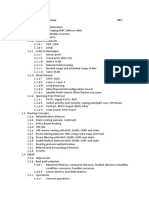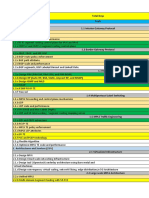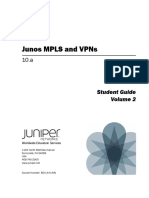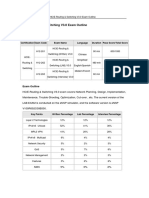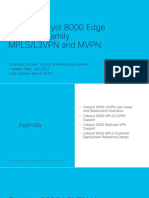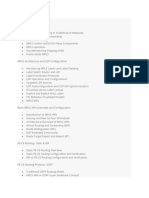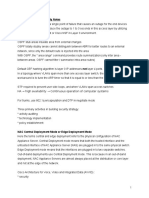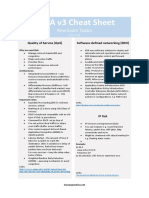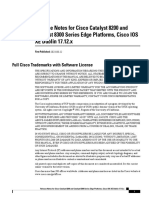0% found this document useful (0 votes)
77 views3 pagesDevice Infrastructure: High Availability
The document outlines the exam objectives for the JNCIE-SP certification exam. It covers key topics in several areas including device infrastructure, IGPs, MPLS, BGP, VPNs, multicast, and class of service. Specific subtopics listed under each area include configuration, implementation, troubleshooting, and features related to protocols, high availability, routing, signaling, and more. Candidates are expected to demonstrate skill in these areas to pass the exam.
Uploaded by
bsammy6288Copyright
© © All Rights Reserved
We take content rights seriously. If you suspect this is your content, claim it here.
Available Formats
Download as DOCX, PDF, TXT or read online on Scribd
0% found this document useful (0 votes)
77 views3 pagesDevice Infrastructure: High Availability
The document outlines the exam objectives for the JNCIE-SP certification exam. It covers key topics in several areas including device infrastructure, IGPs, MPLS, BGP, VPNs, multicast, and class of service. Specific subtopics listed under each area include configuration, implementation, troubleshooting, and features related to protocols, high availability, routing, signaling, and more. Candidates are expected to demonstrate skill in these areas to pass the exam.
Uploaded by
bsammy6288Copyright
© © All Rights Reserved
We take content rights seriously. If you suspect this is your content, claim it here.
Available Formats
Download as DOCX, PDF, TXT or read online on Scribd
/ 3






